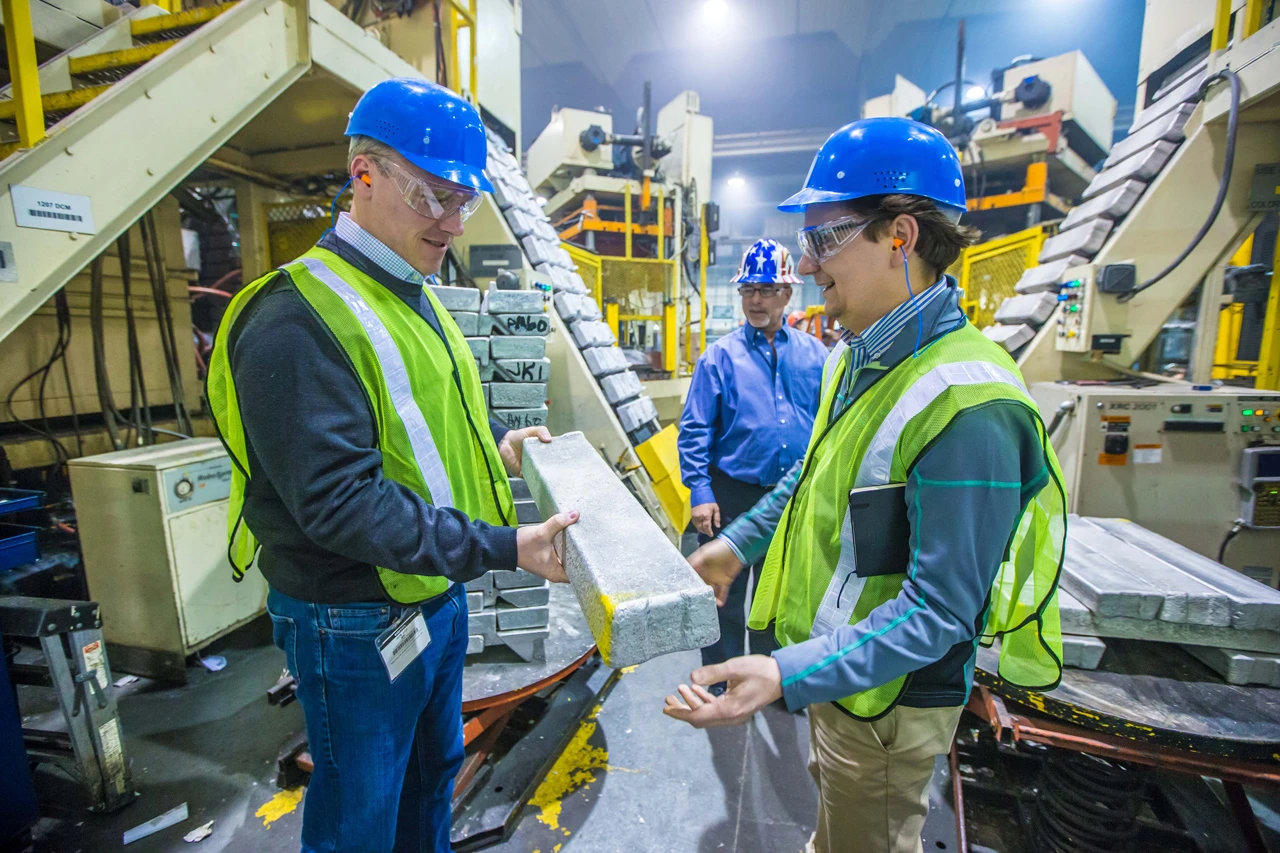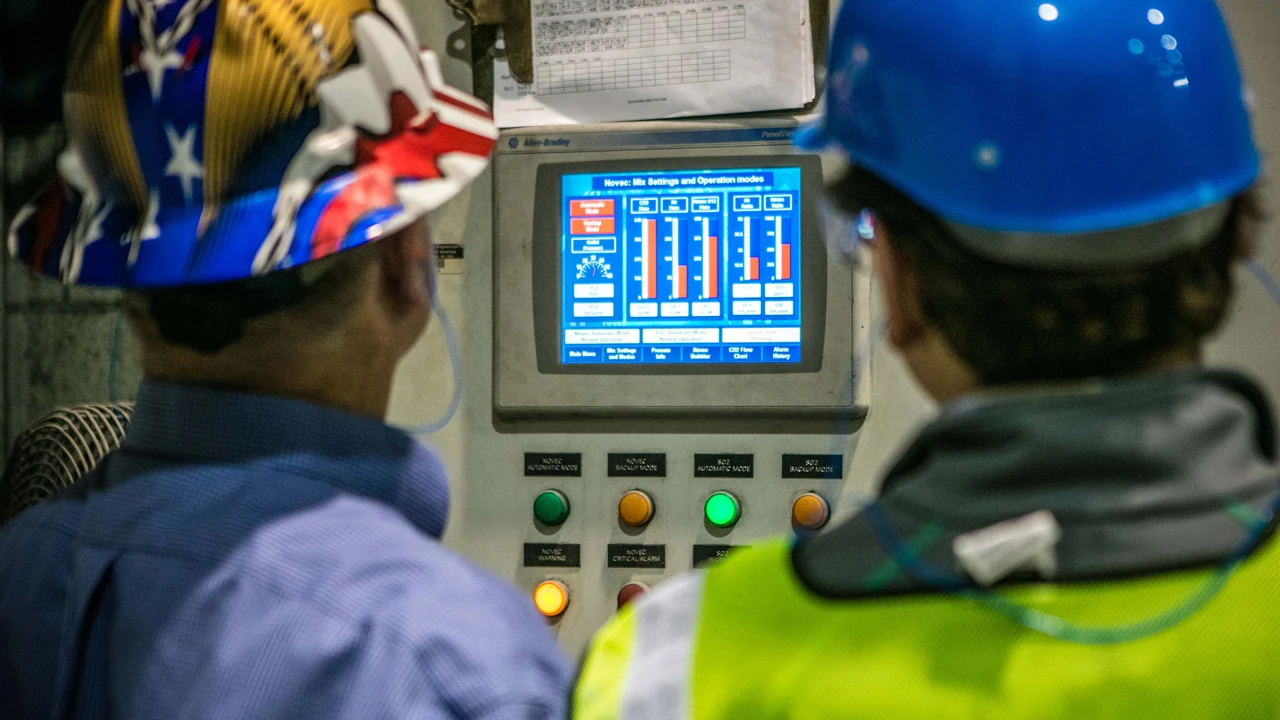Last September, Lyft announced that their operations were fully carbon neutral. For a company built on a foundation of internal-combustion-engine-car transportation, this is quite the statement. Lyft completes over 1 million rides per day. While Lyft has pledged to help its drivers transition to electric vehicles, it will be a slow process; less than 2% of all vehicles on the road in the U.S. now are electric. And even though Lyft acquired the bike-sharing company Motivate last year and consequently now controls an important green transit option in many cities like New York and San Francisco, it’s still primarily a ride-hailing company.
What enabled Lyft to make this statement was money. The well over $2 million the company has spent in the past year on purchasing carbon credits equivalent to 2,062,500 metric tons of carbon–the amount Lyft estimates it emits across its entire operations. Now that year one of the offsetting program is finished, says Sam Arons, Lyft’s director of sustainability, “we’re looking forward to continuing to take responsibility for the environmental impact that we have.” Arons points out that Lyft is the only ride-hailing company to make such a commitment (Uber, notably, has not).
And while it’s notable that Lyft is putting this many dollars behind the pretense of environmental stewardship, ride hailing has also led to a sharp increase in vehicle traffic in many cities: Between 2013 and 2016, ride hailing added an estimated 600 million miles of car trips in New York City alone. What’s less certain is just how much its investment is doing to actually mitigate its deep environmental footprint.
Despite their enormous popularity among large companies looking to burnish their environmental reputation, carbon offsets are far from an effective solution to the global climate crisis. Theoretically, offsets enable companies to remove as much carbon from the atmosphere as they emit by investing in carbon-reduction tactics like tree planting or forest preservation. Big oil companies like Chevron and Shell, for instance, have latched onto offsets as a way to signal sustainability efforts. But as a investigation by ProPublica makes clear, the option to simply purchase offsets can give polluting companies an easy way to get credit for reducing their emissions, without anyone checking if they have achieved the desired results. And in a world where we need to decarbonize quickly, offsets can just allow a company to keep on with business as usual instead of a more radical rethinking of its footprint.
That is important context for any discussion of carbon offsets, and a reminder that corporate promises in the sustainability realm sometimes do not extend past the surface. Lyft has tried, however, to take a more tangible approach with its own offsetting program. The majority of its investments have gone toward trying to mitigate emissions from its own sector: transportation.
Lyft has invested in projects that include re-refining used oil for transportation and capturing methane from landfills to be converted into ethanol, which is cleaner than fossil fuels. But the bulk of its offset purchases are directed at a Michgan-based company called Meridian. It produces vehicle parts made from magnesium alloys, which are around 75% lighter than steel and contribute to more fuel-efficient cars. Meridian sells its products to vehicle companies like Ford, which is integrating them into models like the popular F-150. Creating cars from magnesium could potentially help manufacturers come into compliance with more stringent fuel-efficiency standards: Currently, cars must be able to reach 27.5 miles per gallon, but the goal is for them to be able to do 54.5 mpg by 2025.


Cars made with magnesium are more fuel-efficient, and electric cars made with it will be able to drive longer on less charge, according to Chuck Woodburn, a former engineer with Meridian. And if the process of making magnesium parts can become less environmentally damaging, perhaps more vehicle manufacturers, including those that make buses for public transportation, can look to magnesium vehicles as an option.
The advantage of Lyft’s approach to carbon offsets is that its outcomes are more tangible and verifiable than those of the more common forest preservation efforts. This partnership, according to Julie Kelleher, project manager at 3Degrees, the clean energy consultancy that helped Lyft design its offset program, “is pretty one of a kind.” Whereas planting trees absorbs CO2, this type of work avoids a share of emissions before they happen by supporting more sustainable manufacturing.
But the question is: Does it represent the type of bold, radical action we need to fully decarbonize the economy by 2030, per last year’s landmark report on climate change? Not exactly. Lyft’s rationale for this investment is that as long as internal-combustion-engine cars are being produced–which they are–they might as well be made as sustainably as possible.
But even Arons acknowledges that “the best way for us to eliminate all of our emissions would be to switch to 100% electric vehicles, and that’s our long-term goal.” The problem, he notes, “is that in the short term, that’s a relatively expensive way to do it.” But as the Intergovernmental Panel on Climate Change report made clear last year, there’s no real long game to play with climate change. Decarbonization has to happen immediately, and all costs pale in comparison to the cost to the planet for failing to make radical change. Curbing emissions will require doing away with gas-powered cars entirely, no matter how sustainably they’re produced, and Lyft could make more of an impact by directing its efforts at accelerating the shift to electric vehicles, and doubling down on existing zero-carbon mobility options, like bike sharing.
Recognize your brand’s excellence by applying to this year’s Brands That Matter Awards before the early-rate deadline, May 3.
